Italy is rich in traditions and customs that are passed on in its spectacular villages. From North to South, it is during the festivals that the cultural and folkloristic liveliness of the towns and villages comes to life. Carnival is undoubtedly one of the most eagerly awaited moments in some of Italy’s villages: let’s see which are the most particular, focusing on typical masks and food specialities, in an ideal journey along the Peninsula.
Extraordinary Carnival traditions in Carnia: Sappada and Sauris
In the beautiful mountain village of Sappada, situated in the north of the Dolomites, respect for centuries-old traditions is a unifying element for the population. Sappada, which is made up of fifteen villages, finds in the Carnival celebrations a moment in which to reaffirm its historical customs, which are kept alive year after year. Those who are lucky enough to visit this town in February will be able to watch the famous Parade of the Rollate, the town’s symbolic mask made by the wood craftsmen, and will also be able to taste the typical sweets of the area.
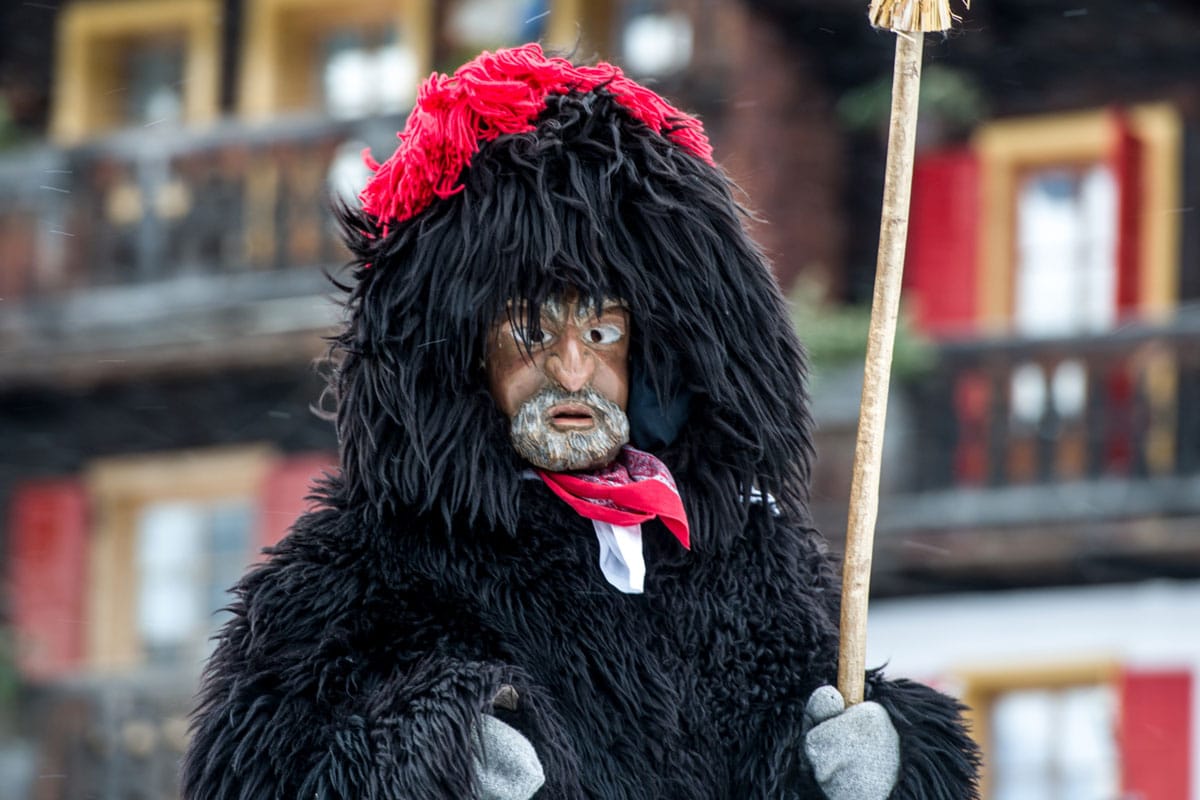
Photo by sappada.blog
Another village in Friuli-Venezia Giulia that stands out for its Carnival traditions is Sauris. This small village in Carnia is the site of a very special one-day Carnival. The absolute protagonists are the Rölar, or devilish characters who constantly shake their bells, with the aim of bringing to life the Kheirar, or king of the masks. The Kheirar has the task of going house to house and involving the couples, who are also masked and therefore not recognisable, in a dancing procession. Once again, the masks are made of wood, an element that enhances the handicraft dimension of the village. The great day of celebration reaches its climax in the Night of the Lanterns, a walk through the woods that ends with a big bonfire.
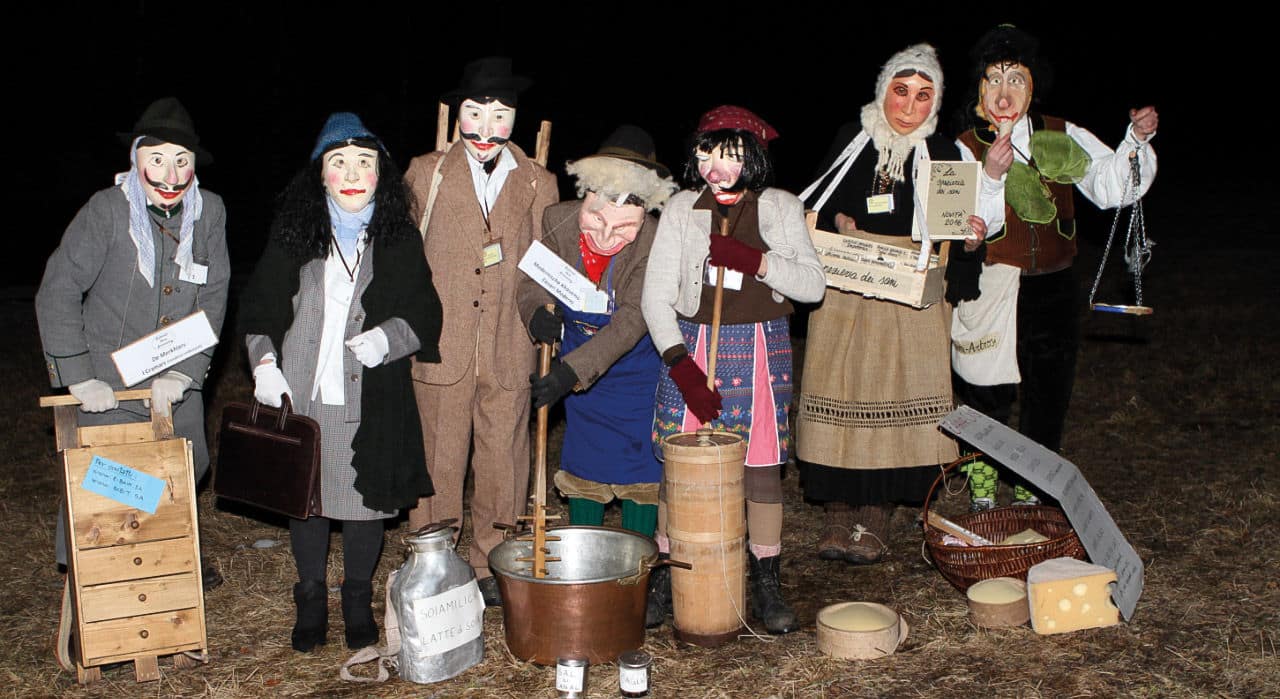
Photo by sauris-zahre.org
Located on the ancient Via Francigena, the village of Acquapendente is a tourist destination all year round and an important stop on the spiritual paths. However, as Carnival approaches, this beautiful village in the province of Viterbo comes alive thanks to its traditional mask, the Saltaripe. He is a local version of Harlequin, loves practical jokes and eating the typical fregnacce (fried dough) and, because of his immoderate love of wine, becomes particularly mischievous. The festival coincides with the Sagra della Fregnaccia, a pancake that is traditionally prepared with water, flour and pork fat and can be garnished with either sweet or savoury ingredients.
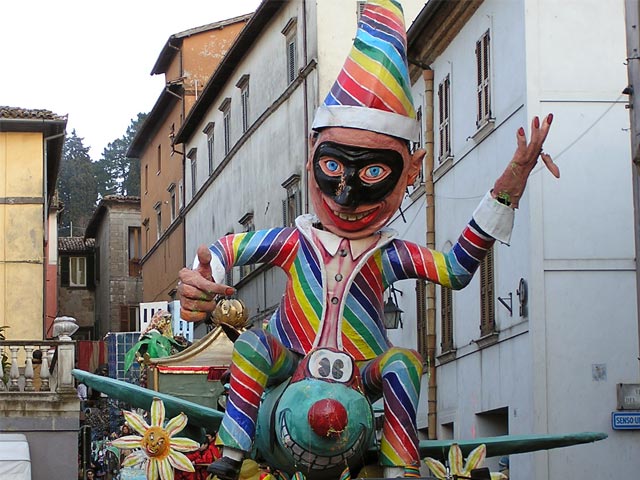
Photo by prolocoacquapendente.it
Aliano and Satriano in Lucania: Carnival customs in Basilicata
Following our ideal journey to discover the typical Carnival customs in Italian villages, we cannot miss a stop in the charming town of Aliano, known for having hosted the exile of Carlo Levi. In this town in Basilicata, every Mardi Gras it is possible to come across strange figures wandering around the town’s alleyways. These are the ‘horned masks’, which are skilfully and traditionally made by a small circle of craftsmen. These masks are characterised by their particularly frightening appearance and bizarrely coloured hair. They were created to evoke creatures halfway between demons and jesters, and during the parades they become the stars of a very special street theatre, called Fras.
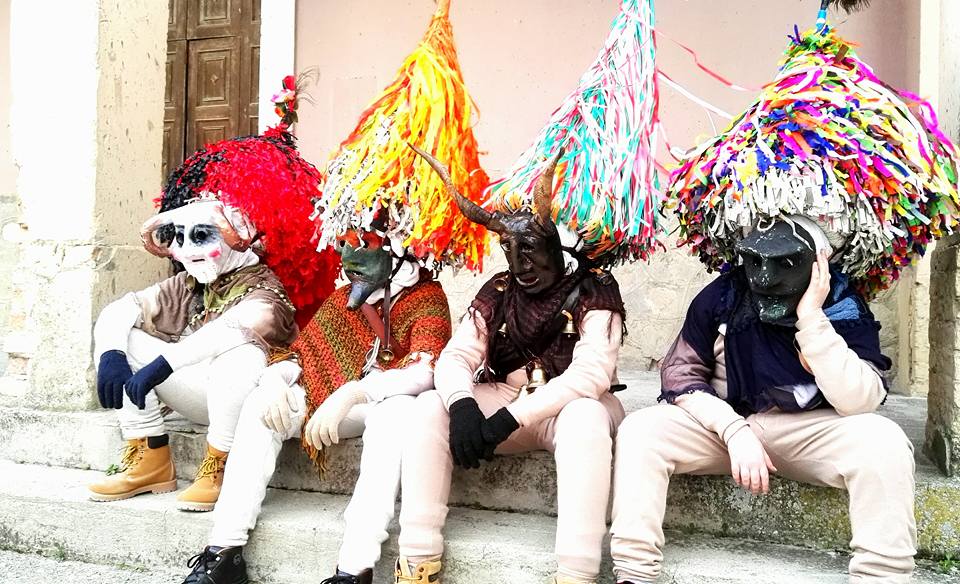
Photo by foodfilebasilicata.blogspot.com
In Satriano di Lucania, located in the Lucanian Apennines National Park, the inhabitants dress up as trees during Carnival and cover themselves with ivy. On the Sunday before Shrove Tuesday, the dressed-up locals come out of the woods and knock on the doors of various houses, with the aim of heralding the coming spring. The mask, which goes by the name of Rumita, a dialect term meaning ‘hermit’, has in recent years become a link between an ancient tradition and a thoroughly modern sensibility. This carnival is a landmark event for those who care about environmental sustainability: it is no coincidence that many new trees are planted to coincide with the event.
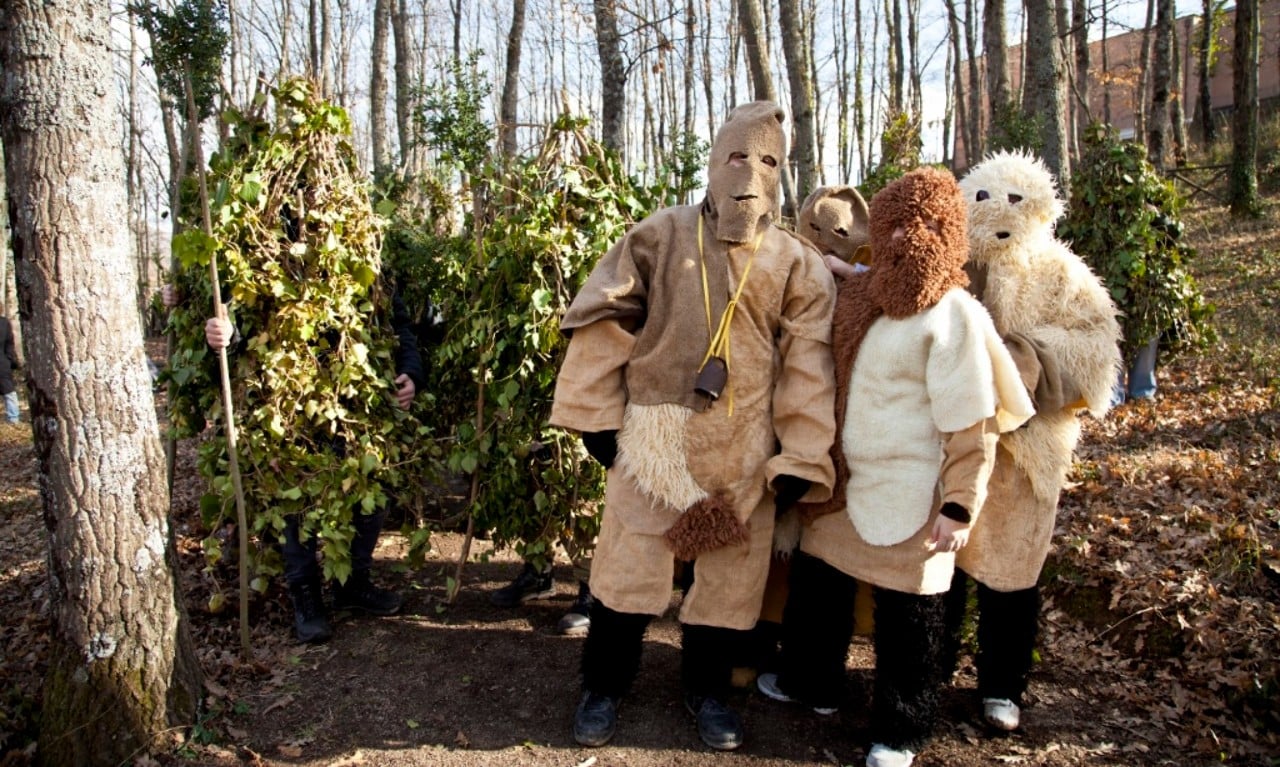
Photo by carnevaledisatriano.it


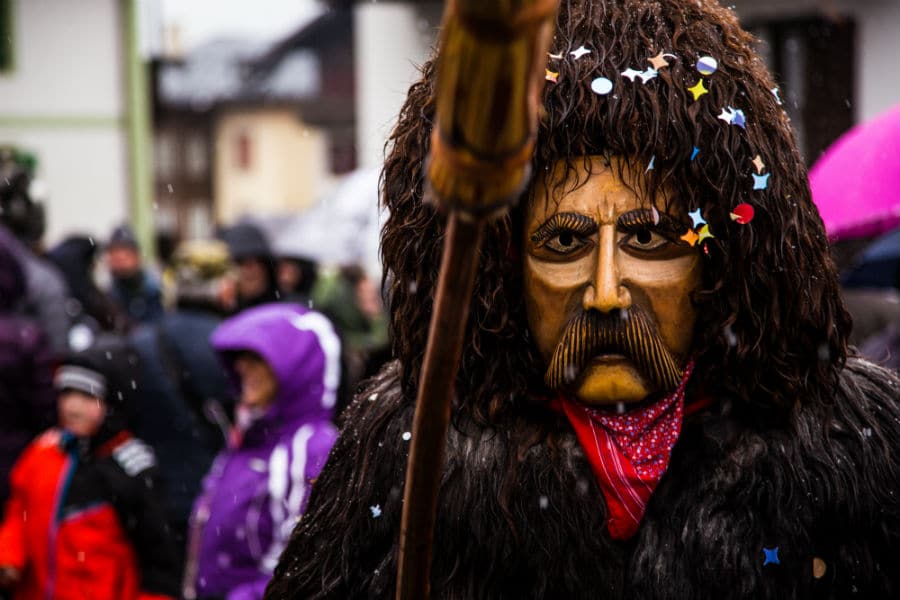
0 Comment